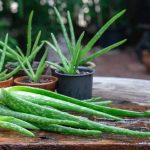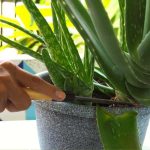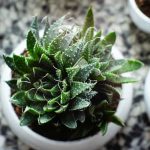Ensuring the happiness and health of your aloe vera plant through proper care is essential. Follow our tips to maintain a thriving succulent.
Encountering aloe vera is a common experience, whether it’s for skin care, ornamental purposes, or its abundant growth in arid regions. This versatile plant offers both medicinal benefits and visual appeal, making it a valuable addition to any garden.
The renowned gel found in aloe vera leaves boasts various healing properties, such as soothing sunburns, treating burns, healing acne, and serving as a safe consumable ingredient for beverages and desserts. Beyond its medicinal uses, aloe vera plants are aesthetically pleasing additions to gardens, often complementing other succulents in tropical or desert landscapes.
When it comes to the aloe vera’s botanical details, it belongs to the Asphodelaceae family and shares resemblances with other succulents like Haworthia species. While there are other popular aloes like Aloe glauca, Aloe brevifolia, Aloe variegata, and Aloe aristata, we will focus on the authentic Aloe vera in this article.
Initially hailing from Mediterranean climates, the aloe vera plant displays elongated leaves with serrated edges and a striking blue-green-grey hue, speckled with white. These leaves house a thick gel known for its healing properties, surrounded by a yellow latex layer that must be removed before consumption due to mild toxicity.
When aloe vera blooms, it showcases vibrant flowers in shades of red, orange, and yellow, forming stunning racemes that can reach up to 3 feet in height. Despite its impressive blooms, aloe vera plants are relatively low-maintenance, thriving in outdoor environments for extended periods.
To care for your aloe vera, provide it with proper sunlight, well-draining sandy soil, and minimal watering to ensure its longevity. By following these simple care guidelines, your aloe vera plant can flourish and enrich your garden for years to come.
Sunshine and Thermostat for Aloes
If you fancy a spot of sunshine, aloe vera will adore you! These resilient wonders flourish under ample light but detest getting sunburnt. Opt for indirect light when nurturing these sun-soaking succulents. Whether perched by a sunny window indoors or under artificial light, rotating your aloe periodically can encourage flowering.
Coming from tropical origins, aloe vera plants thrive in zones 10-12, shunning frost and chilling temperatures. They relish a balmy range between 50-80°F, with a minimum tolerance of 40°F to stay perky.
Watering Wisdom
Aloe vera’s water reservoir in its leaves means it is content with less frequent watering. Overwatering can swiftly lead to root rot, so embrace a light touch when hydrating these lovelies. Opt for terra cotta pots indoors to help excess moisture evaporate and prevent waterlogging.
Let the potting mix thoroughly dry out before watering again, especially during the winter months, to prevent dampness-related woes.
Soil Situations
Ensuring well-draining soil is crucial for aloe vera’s well-being. Utilize coarse sand mixes tailored for cacti and succulents for potted aloes. These plants thrive in nutrient-sparse soils, making them resilient even in barren garden spots.
When growing aloe vera, always opt for containers with drainage holes to prevent waterlogging, safeguarding your plant against any soil fertility concerns.
Nutrient Nurturing
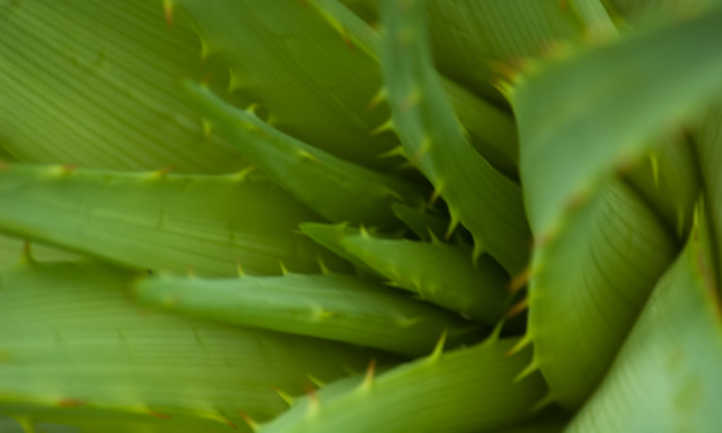
Though not voracious feeders, aloe vera plants benefit from occasional fertilization during growth spurts or blooming periods. A dash of phosphorous-rich liquid fertilizer perks them up when they are feeling lackluster.
Trimming Technique
Leaf pruning for aloe plants is advisable only for diseased or misshapen leaves. Thoughtfully excise the leaf at the node with a sharp blade, limiting the removal to a few leaves at a time. Pause watering for a few days post-pruning to aid in the node’s healing process.
Planting Progeny
Aloe vera’s effortless propagation nature is akin to a “buy one, get one free” deal. The parent plant graciously sprouts pups, which can be detached once sufficiently mature. Opt for robust pups with multiple leaves for successful transplantation into well-draining soil-filled pots.
Allow the pups a short healing period post-transplant before resuming regular watering. For accelerated growth, consider treating the cuttings with rooting hormone before planting.
Alleviating Aloe Ailments
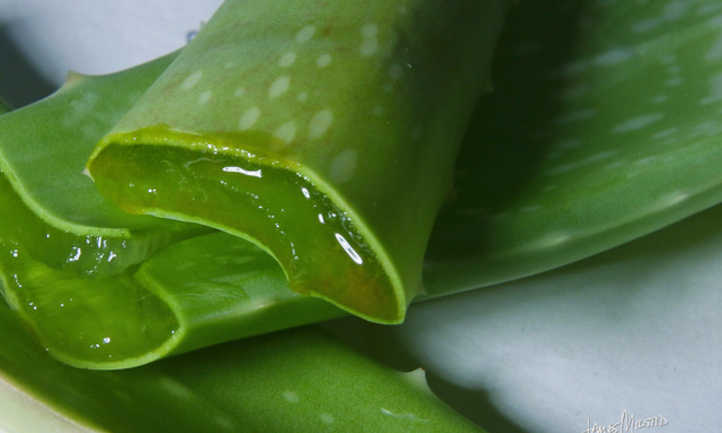
Despite its healing prowess, aloe vera can still suffer from afflictions like sunburn. Vigilance is key to combating any issues that may arise.
Plant Predicaments
Spotting aloe’s drooping leaves signals distress that may originate from root issues or soil fungi. Address probable causes like overwatering, inadequate light, or cold temperatures to ensure your plant’s well-being. Repotting and pest inspection can aid in troubleshooting.
Excessive direct sunlight may lead to unsightly sunburn on aloe leaves, prompting a swift relocation to a less sunny locale.
Pest Perils
Aphids and mealybugs are unwelcome guests on aloe leaves, sapping the plant’s vitality. Combat these pests with solutions like neem oil or insecticidal soap to safeguard your aloe’s health.
Disease Dilemmas
Fungal infections like Anthracnose leaf spot and Aloe rust can threaten your aloe’s well-being. Prevention through humidity management and air circulation is key, with remedies like sulfur fungicide or neem oil aiding in treatment.
Curious Queries answered
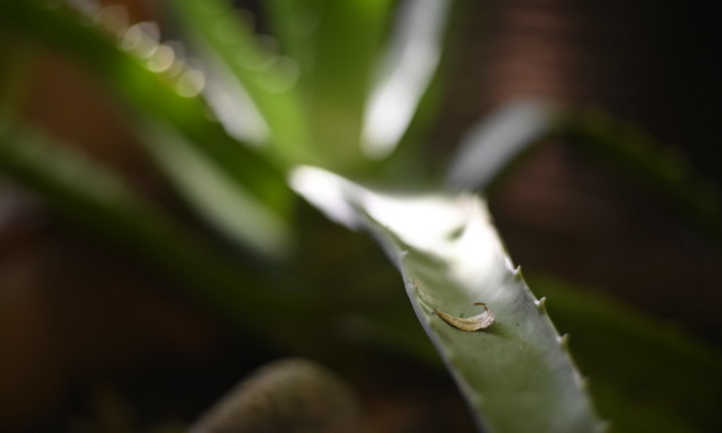
Q: Do aloe plants need direct sunlight?
A: Aloe vera plants thrive in indirect sunlight, detesting prolonged exposure to direct sunlight.
Q: Should I cut the brown tips off my aloe plant?
A: Avoid cutting off brown leaf tips to prevent open wounds; if removal is necessary, snip at the leaf’s connection to the stem.
Q: What does an overwatered aloe plant look like?
A: Overwatered aloe plants exhibit yellow, mushy leaves, signaling potential root decay if untreated.


